Let yourself be surprised by this town which, under its discreet appearance, conceals real treasures ! An ancient Gallo-Roman city, then the seat of the bishopric of Couserans, the town of Saint-Lizier is part of the “Grands Sites Occitanie” collection, as well as a UNESCO World Heritage Site on the pilgrimage route to Santiago de Compostela.
A walk through the town’s alleys will allow you to discover the covered arcades, the half-timbered houses, the old canons’ houses, the cobbled alleys, the clock tower and the ancient ramparts.
From surprises to discoveries, as you stroll through squares and terraces with beautiful views of the Pyrenees, you are invited to explore.
Saint-Lizier Cathedral
Ask for the guide !
– Guided tours are available with our guides :
The 18th-century pharmacy
~ 30 min, full price €6 – reduced price* €4
Saint-Lizier at the time of the Romanesque (the cathedral, the cloister, the treasury)
~ 45 min, full price €7 – reduced price* €6
Guided tour of the city
~ 1 hour, full price €7 – reduced price €6
* reduced rate: children (-15 years old), students, jobseekers, and recipients of RSA or AAH benefits (on presentation of valid proof)
– A free booklet with map is available in our offices
– As well as an exploration guide for children, with Balours !
Info/visiting hours : Couserans Pyrenees Tourist Office
Saint-Lizier office – Tel. 05 61 96 77 77
contact@tourisme-couserans-pyrenees.com
The Romanesque cathedral dedicated to Saint-Lizier is remarkable for its chevet made up of a multitude of Gallo-Roman spolia. It owes its fame, above all, to its exceptional collection of Romanesque frescoes dated between 1060 and 1080. These are the first large Romanesque paintings to have been passed down to us from the Pyrenean region.
Open all year round.
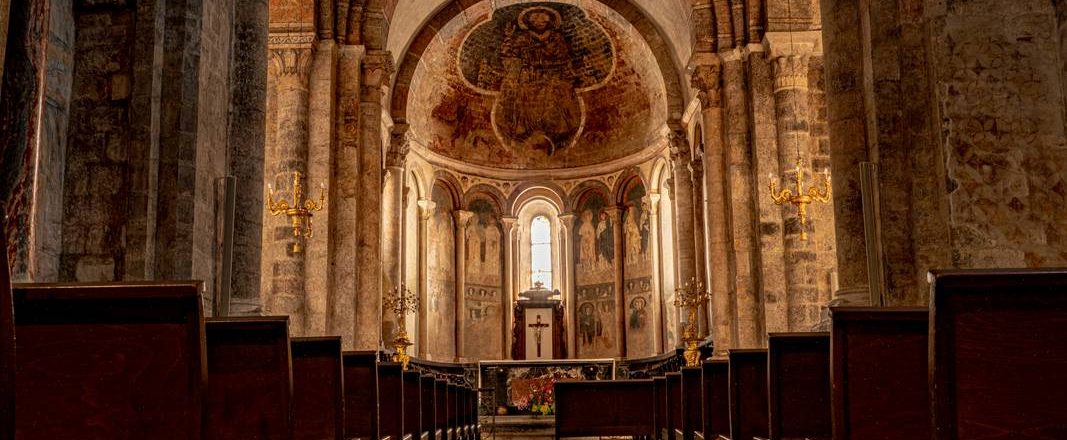
The cloister
Adjacent to the Saint-Lizier cathedral, the 12th-century Romanesque cloister constitutes a magnificent architectural complex which by its simplicity alone, invites visitors to bask in serenity.
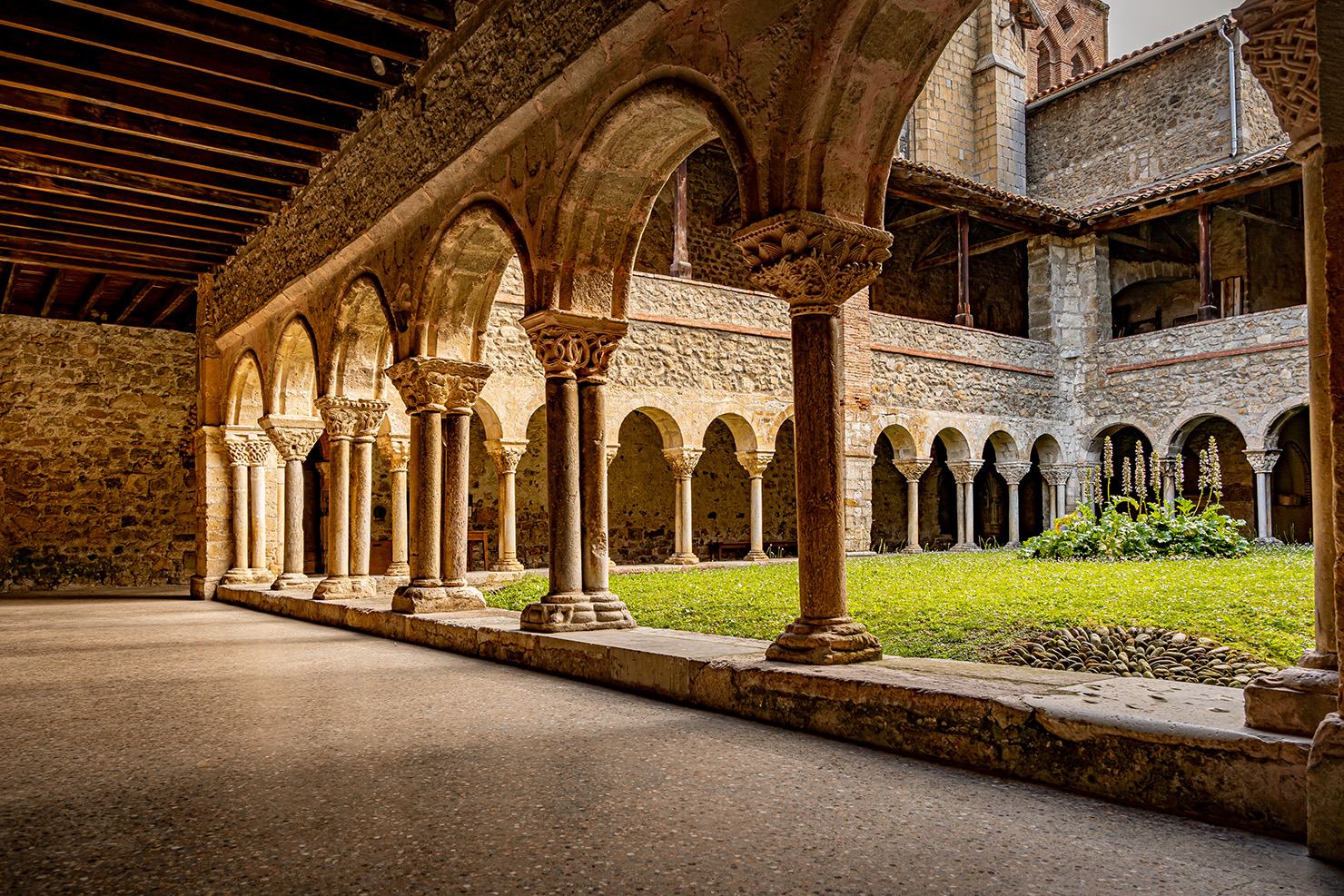
Open all year round.
The 18th-century pharmacy
Located in the old Hôtel-Dieu de Saint-Lizier, the 1764 apothecary has been perfectly preserved: woodwork, earthenware, mouth-blown glass bottles, surgeon’s kit and numerous 18th-century remedies with curious names such as « the vinegar of the four thieves », «the elixir of long life » or « dog oil ».
Guided tour only – group tours possible throughout the year.
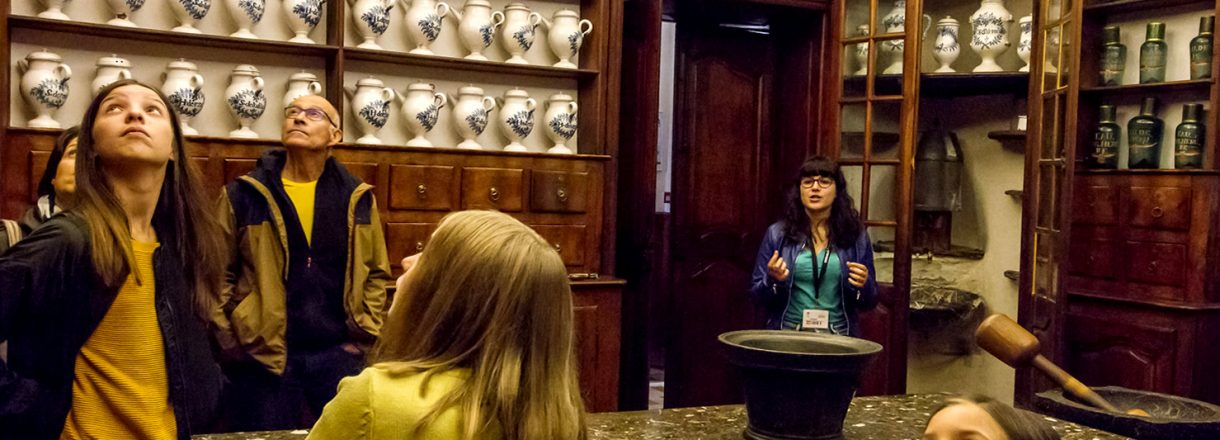
The Bishops’ Treasury
From the cloister, you can see the Bishops’ Treasury. This small museum presents a collection of objects of sacred art and silverware belonging to the bishops of Couserans : 12th- and 13th-century crosses, silk and gold-thread mitre, reliquaries, chalices in precious materials and the masterpiece : the Renaissance bust of Saint Lizier.
Open all year round.
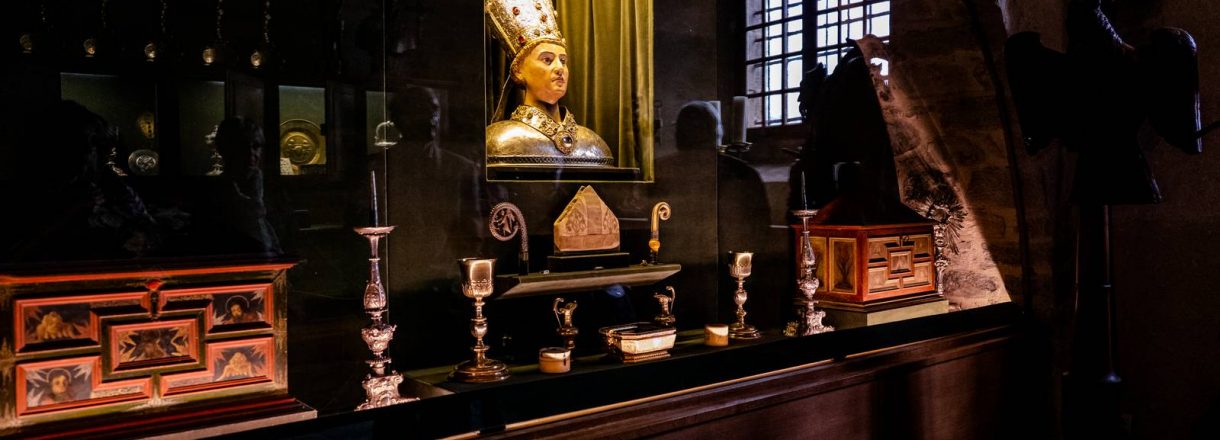
The Bishops’ Palace and the Notre-Dame de la Sède Cathedral
Overlooking the town of Saint-Lizier, the palace – former residence of the bishops of Couserans – houses the departmental museum, presenting more than 2000 years of local history.
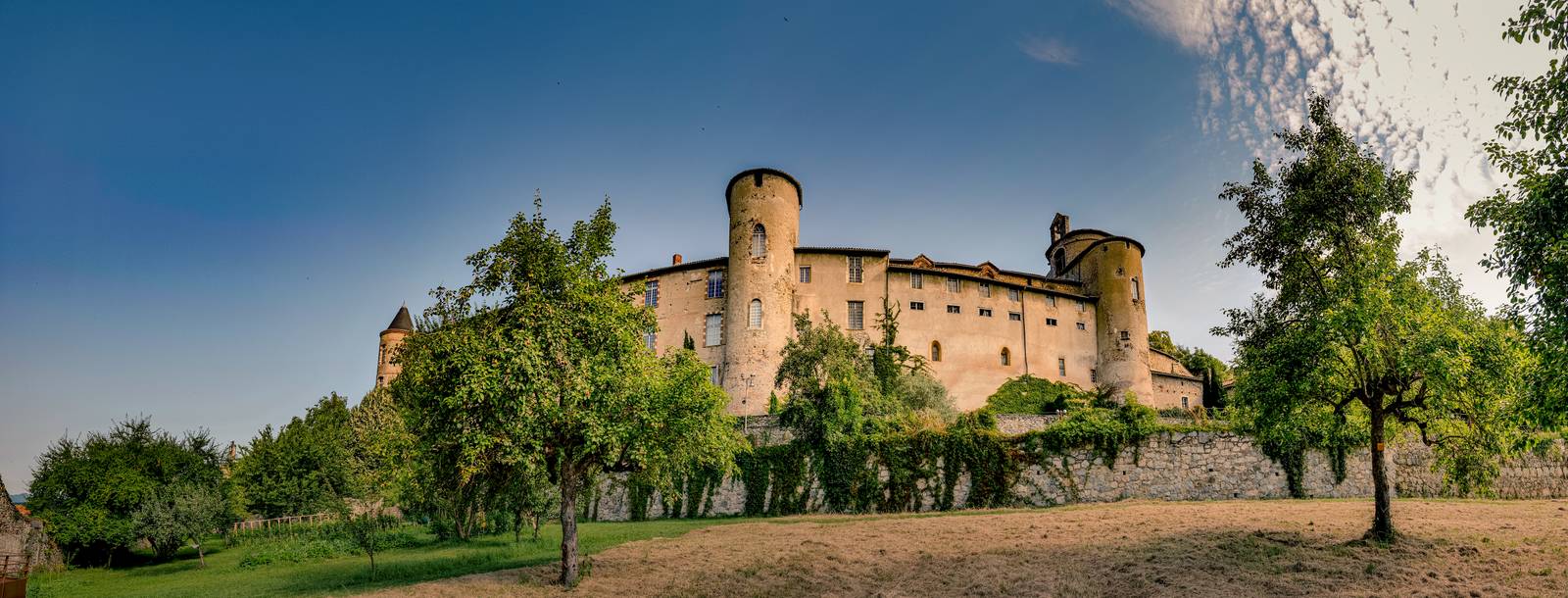
The ancient treasury of 13,000 coins will be honoured; while different models will allow everyone to understand the evolution of the town of Saint-Lizier. Thanks to a interactive slab, the paintings of Notre-Dame de la Sède will reveal all their secrets as the visitor is placed in the shoes of a restorer.
New objects from the famous early 20th-century collection from the Bethmale Valley will be added to the exhibits. A room will be dedicated to the presentation of the site’s psychiatric history. Finally, the chapter house will open its doors for the first time.
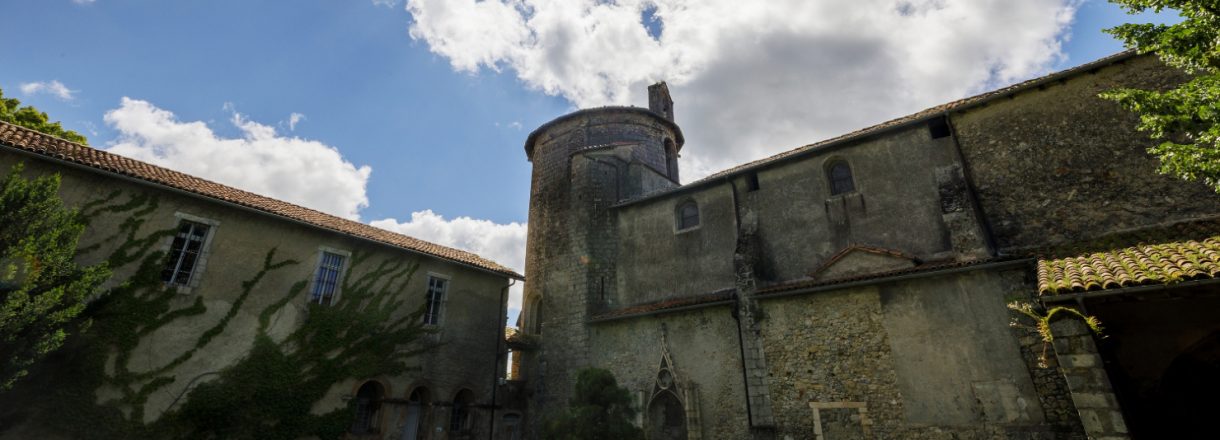
And of course, the superb Notre-Dame de la Sède cathedral will remain at the centre of this new presentation. Backing onto the Palais, it boasts a unique collection of Renaissance paintings. Adorning the vaults and walls, these paintings depict the Sybils, the Patriarchs, the Tree of Jesse and the life of Saint James, earning it the title of ‘Ariège’s Little Sistine Chapel’.
Self-guided or guided tours.
What’s your top tip for the area, your special advice, a story from a recent memorable experience? The Romanesque cloister of Saint-Lizier: walking around the Romanesque cloister is an invitation to meditate, this place is above all beautiful.
 Local and gastronomic know-how
Local and gastronomic know-how  Living traditions
Living traditions  Thermalism
Thermalism  Must-see sights
Must-see sights  In the heart of the Ariège Pyrenees Regional Nature Park
In the heart of the Ariège Pyrenees Regional Nature Park  Hiking in the Couserans
Hiking in the Couserans  Cycling and mountain biking
Cycling and mountain biking  Hikes for little legs
Hikes for little legs  Thrills
Thrills  We have plenty of good runs in Guzet !
We have plenty of good runs in Guzet !  Swimming spots
Swimming spots  The Couserans Trail Area
The Couserans Trail Area  Winter resorts and activities
Winter resorts and activities  Where to sleep ?
Where to sleep ?  Where to eat ?
Where to eat ?  To do ?
To do ? 









